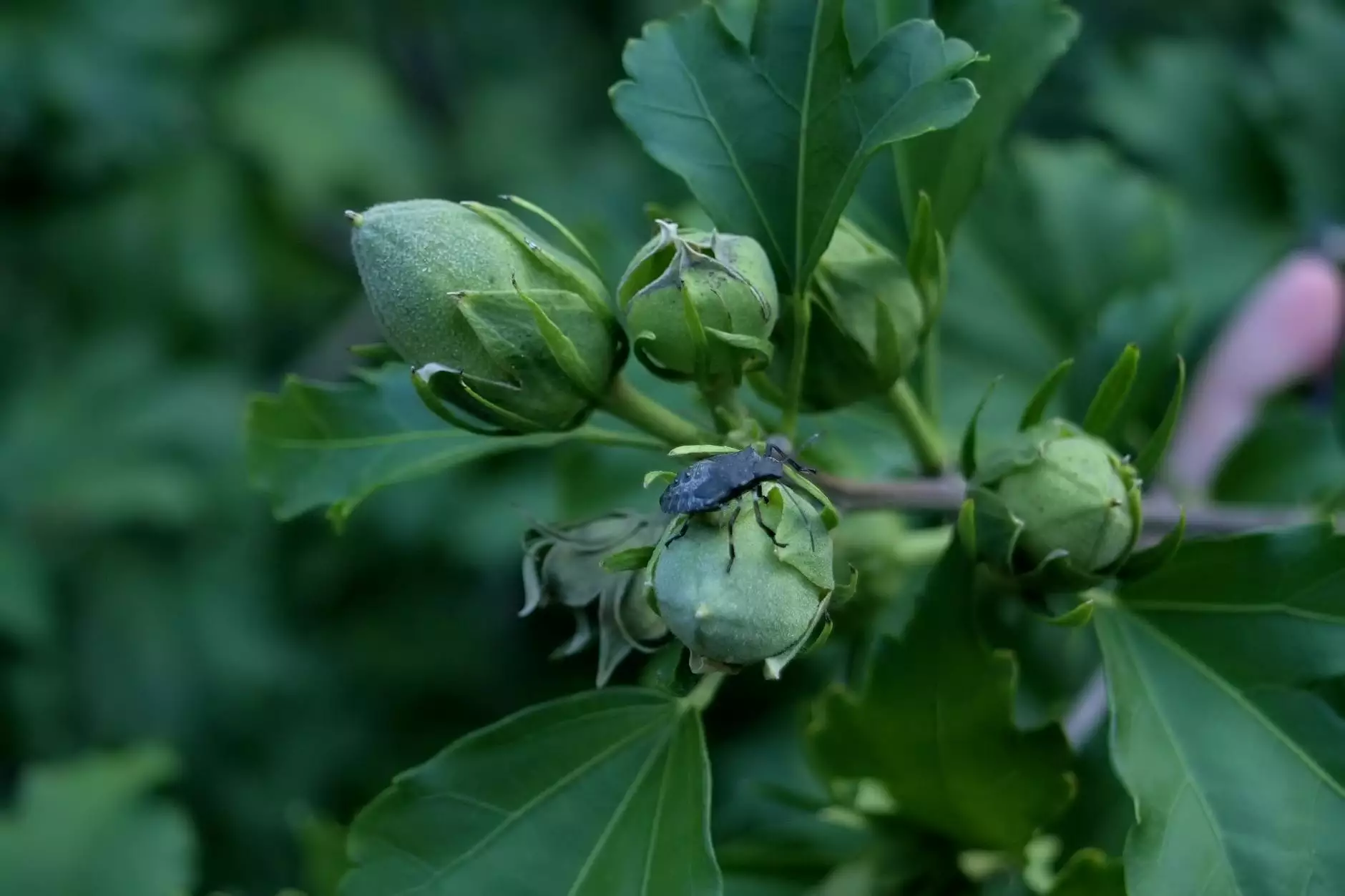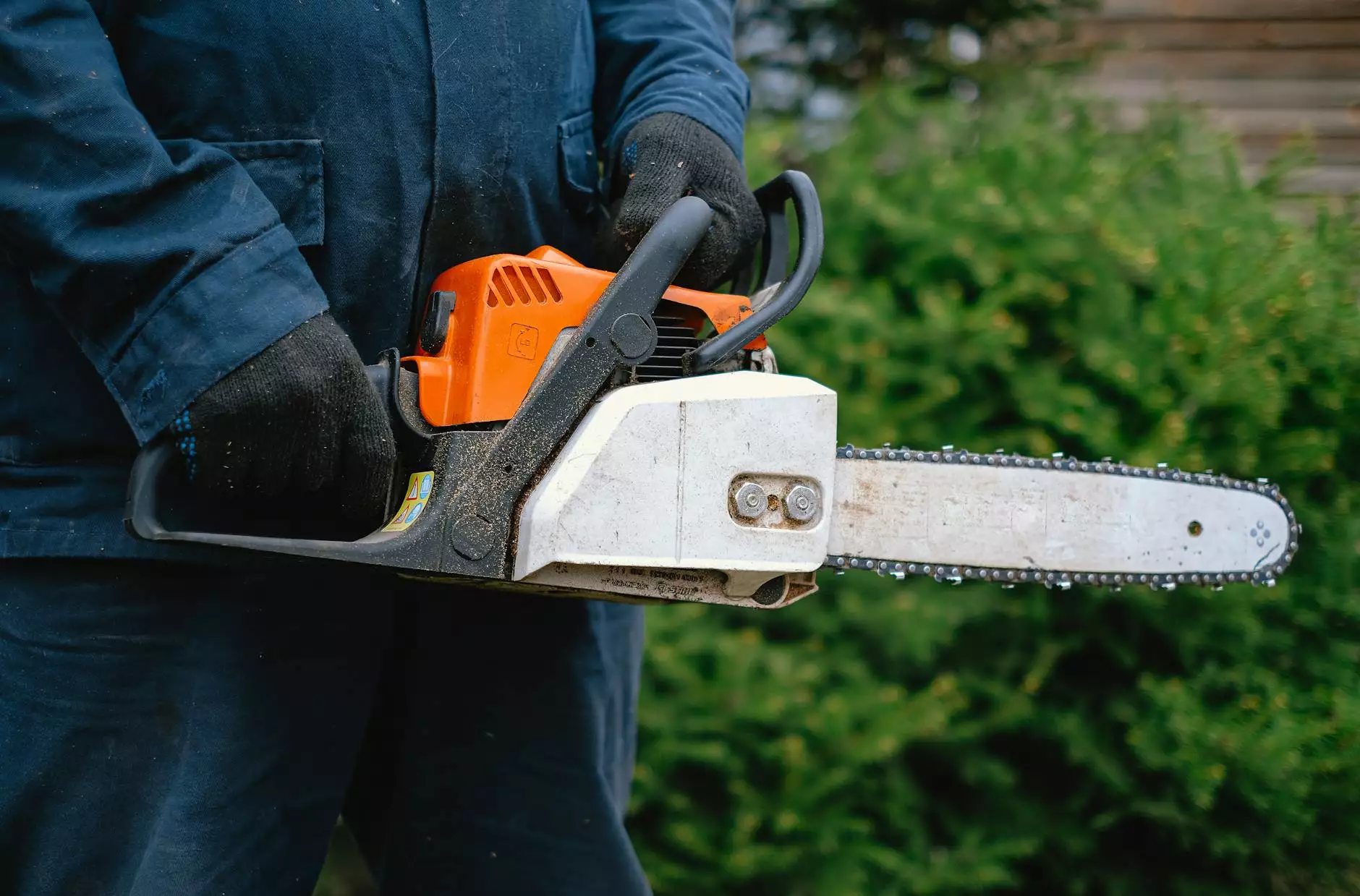Effective Rice Weevil Control: A Comprehensive Guide for Farmers

The rice weevil is a notorious pest that poses a significant threat to rice storage and quality. Understanding how to effectively manage and control this pest is crucial for farmers who depend on rice as a staple crop. In this detailed guide, we will explore the various aspects of rice weevil control, providing valuable insights to help protect your harvest and farming equipment.
Understanding the Rice Weevil
The rice weevil (Sitophilus oryzae) is a small beetle that primarily infests stored grains, particularly rice, but can also affect other grains such as wheat and corn. It is critical for farmers to recognize the biology and behavior of this pest to implement effective control measures.
Physical Characteristics
- Size: Adult rice weevils are approximately 2-4 mm in length.
- Color: They typically have a brown or black color with lighter-colored spots.
- Distinct Features: They are recognized by their long snouts and characteristic ridged elytra (wing covers).
Life Cycle of the Rice Weevil
The life cycle of the rice weevil consists of four stages: egg, larva, pupa, and adult. Understanding this cycle is essential for implementing appropriate control measures:
- Egg Stage: Female weevils lay their eggs inside the grain kernel.
- Larval Stage: The larvae feed on the grain, causing significant damage.
- Pupal Stage: After feeding, the larvae pupate inside the grain.
- Adult Stage: The adult weevil emerges ready to reproduce and continue the cycle.
Identifying Rice Weevil Infestations
Effective rice weevil control starts with identifying an infestation early. Here are some signs to watch for:
Signs of Infestation
- Visible Insects: Small beetles crawling on stored grains.
- Holes in Grains: Tiny exit holes on kernels indicate feeding activity.
- Powdery Residue: Fine dust around grain storage areas, resulting from adult feeding and frass (excrement).
Preventive Measures for Rice Weevil Control
Preventing infestations is the most effective way to manage rice weevils. Implement the following strategies to safeguard your crops:
Proper Grain Storage
- Use Airtight Containers: Storing grains in sealed containers reduces air exposure and deters weevils.
- Temperature Control: Keep storage areas cool and dry; weevils thrive in warm, humid conditions.
- Regular Inspection: Routinely check stored grains for signs of infestations.
Good Sanitation Practices
Maintaining cleanliness in storage areas is vital:
- Remove Spills: Clean up spilled grains immediately to minimize risks.
- Vacuum Regularly: Use a vacuum to remove dust and debris that may harbor pests.
- Check Incoming Grain: Inspect grains before storage to ensure they are free from pests.
Control Methods for Existing Infestations
If rice weevils have already infested your grains, it's essential to act swiftly. Here are effective control methods:
Physical and Mechanical Control
- Freezing: Place infested grains in a freezer for at least 4 days to kill weevils at all life stages.
- Heat Treatment: Expose infested grains to temperatures above 50°C (122°F) for several hours.
- Traps: Use insect traps to capture adult weevils and monitor populations.
Chemical Control Options
While many farmers prefer to avoid chemicals, some situations may necessitate their use:
- Insecticides: Approved insecticides can be used to treat infested grain and surrounding areas. Always follow label instructions.
- Grain Protectants: Apply protectants to grains before storage to deter weevil infestations.
Long-Term Strategies for Rice Weevil Control
Incorporating long-term strategies will enhance the sustainability of your rice production:
Crop Rotation
Implementing crop rotation can reduce pest pressure. Alternate growing rice with other crops helps disrupt the life cycle of rice weevils.
Use of Resistant Varieties
Consider planting rice varieties that are resistant to weevil infestations. Research and select seeds that have shown durability against these pests.
Conclusion: The Importance of Rice Weevil Control
Effective rice weevil control is vital for maintaining the quality of your grain and ensuring the success of your farming operations. By understanding the biology of the rice weevil, implementing preventive measures, and knowing how to respond to infestations, you can protect your crops and your livelihood.
For more information on managing pests and maintaining your farming equipment, visit tsgcinc.com. Empower your farming practices by staying informed and proactive against pests like the rice weevil!
Additional Resources
- Farm Equipment Repair
- Farming Equipment
- USDA Rice Weevil Information









